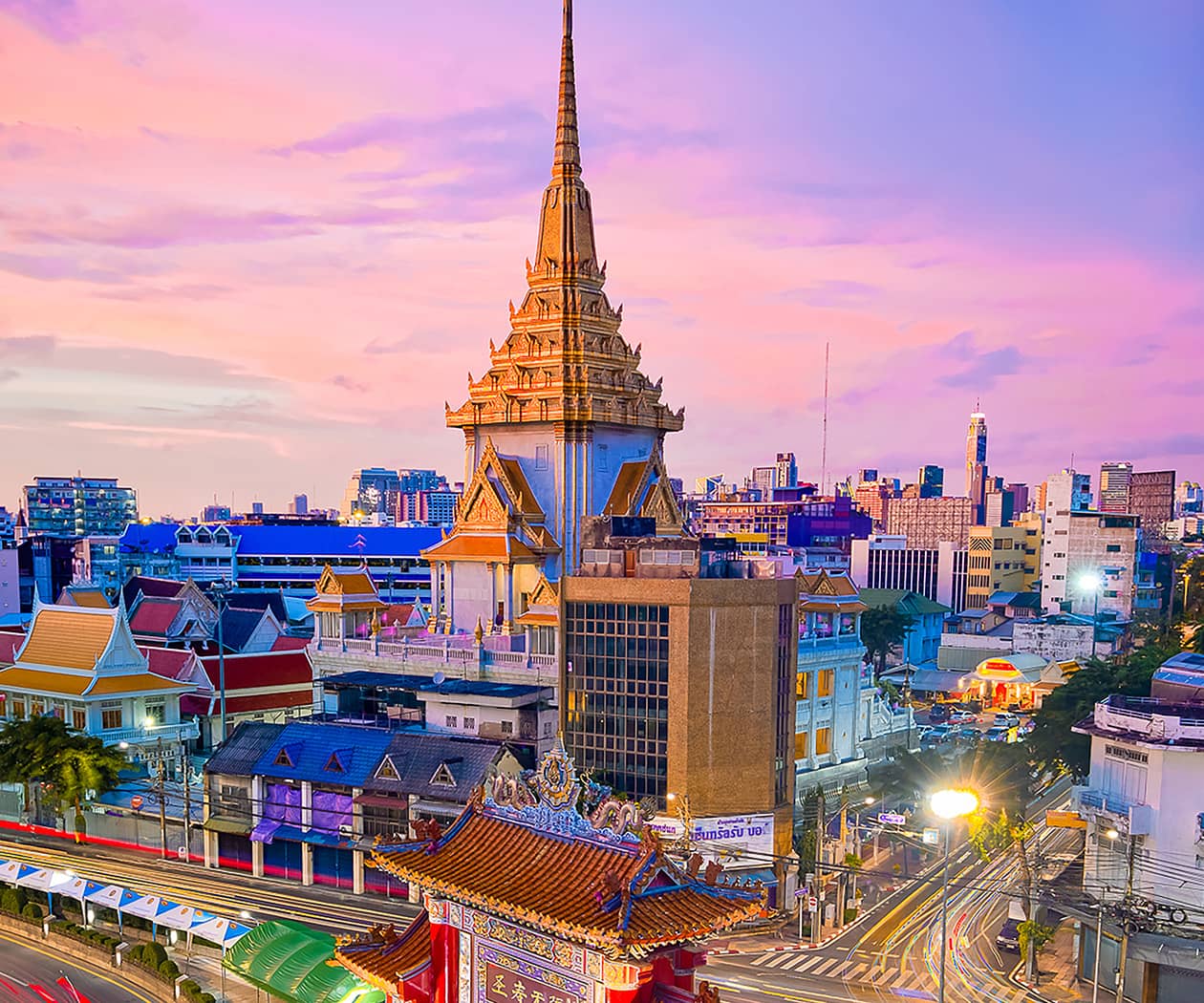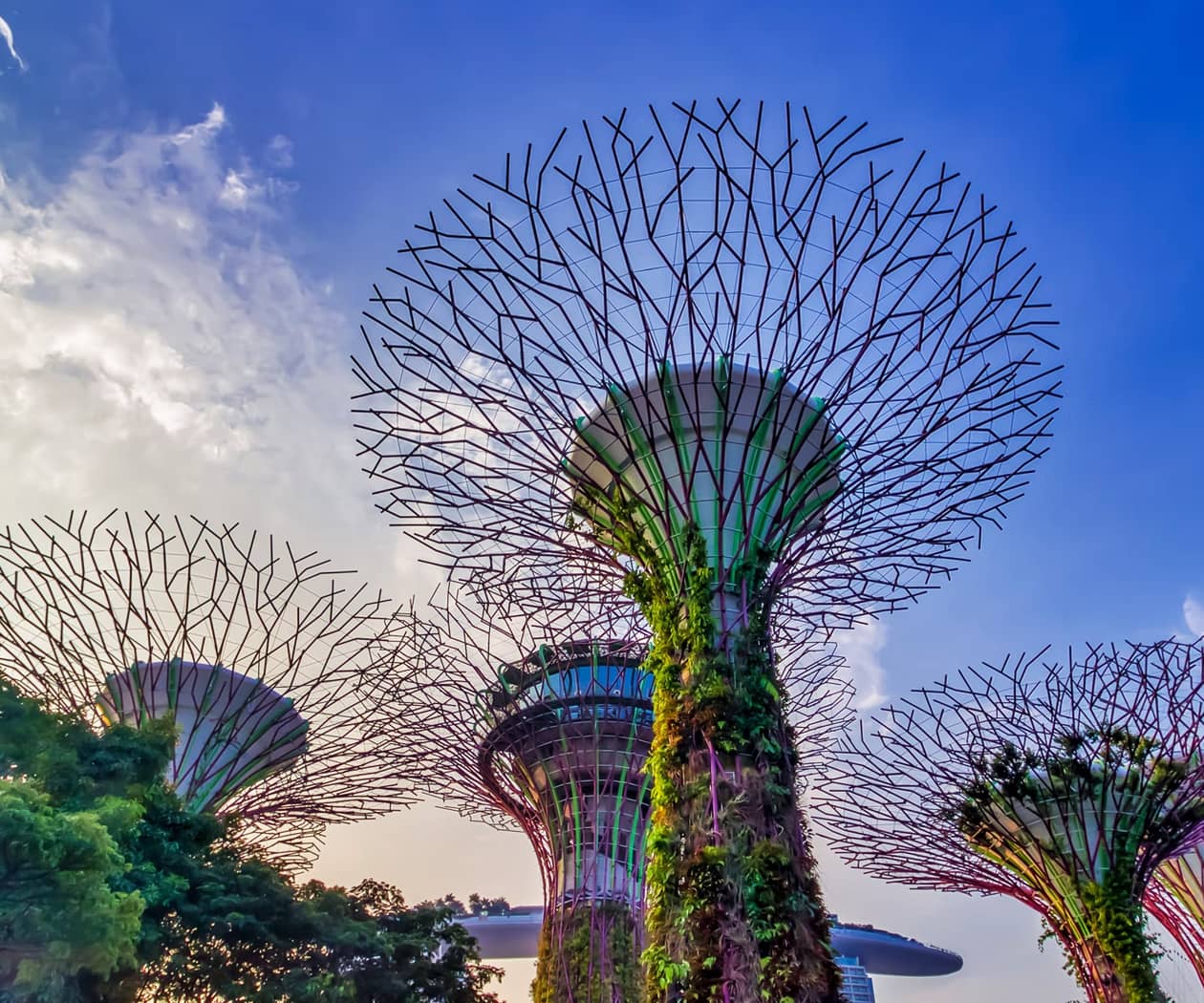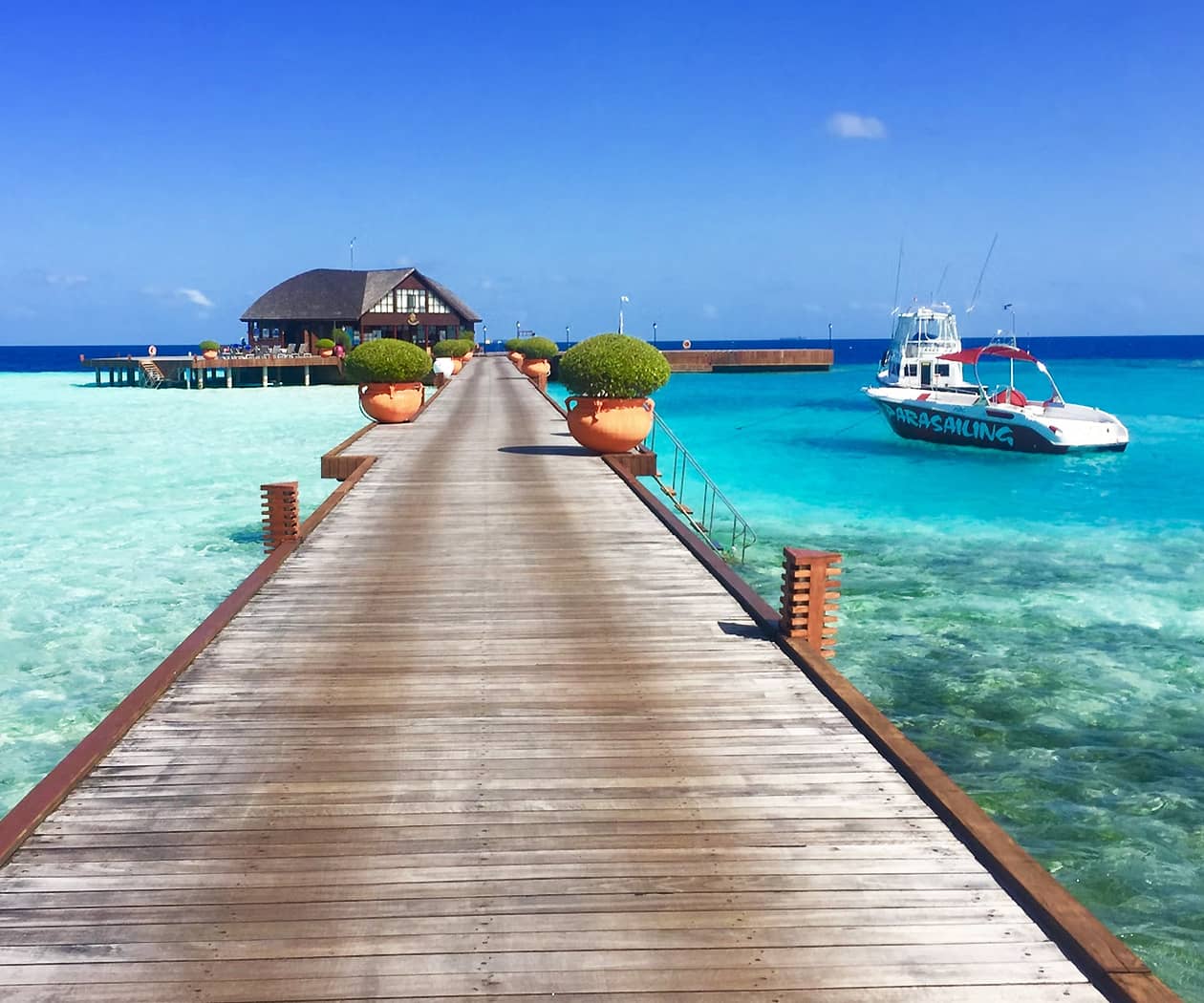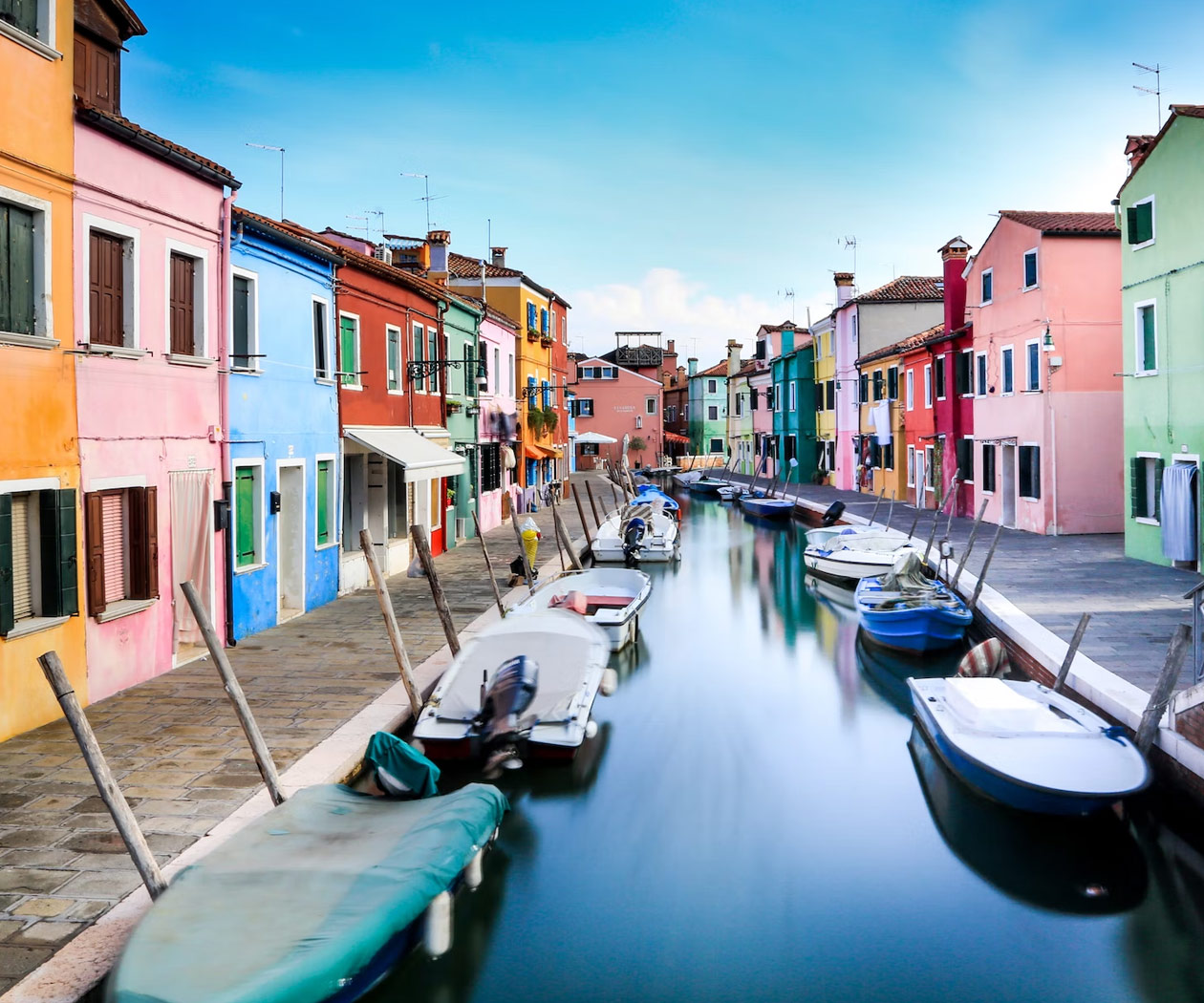Geographical location and history
Samarkand is located in the southeastern part of Uzbekistan, in the center of the Zarafshan Valley. This city has a history of over 2750 years and is known as an important center of the Silk Road. In the 8th century BC, it was known as Afrosiab. Later, during the reign of Amir Temur (14th century), it experienced its golden age as a capital.
Culture
Samarkand is world-famous for its rich cultural heritage. Here:
- A school of architecture has developed
- The art of calligraphy has flourished
- Traditions of crafts (carpet weaving, pottery, kandakor) have been passed down from generation to generation
- The art of maqam and traditional music have developed
Historic cities and attractions
The most famous historical monuments of Samarkand:
- Registan Square:
- Ulugbek Madrasah
- Tillakori Madrasah
- Sherdor Madrasah
- Guri Amir Mausoleum
- Bibi Khanum Mosque
- Shohizinda Architectural Complex
- Ulugbek Observatory
- Ruins of the ancient city of Afrosiab
What is famous in Samarkand?
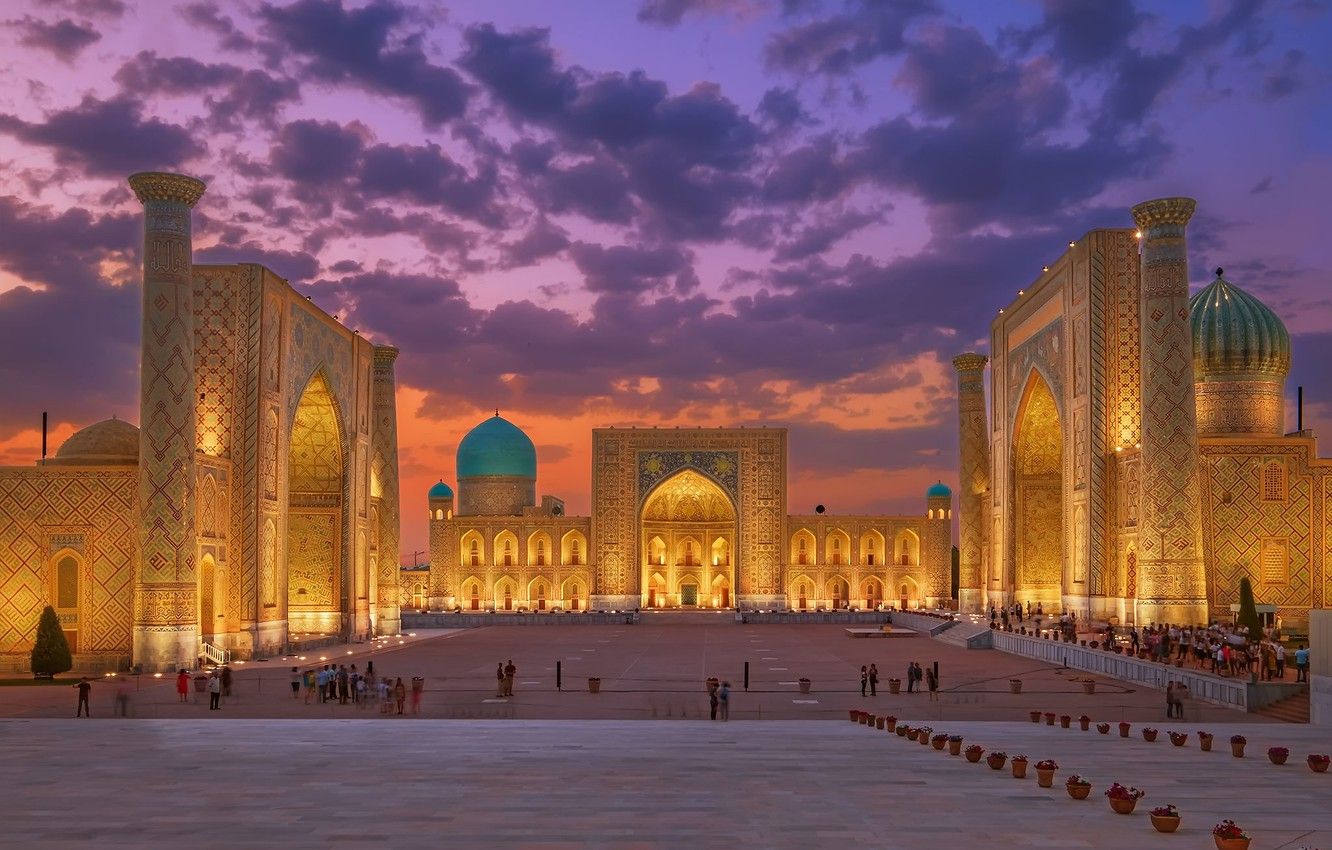
Registan Square
Considered the heart of Samarkand, Registan Square consists of three magnificent madrasas and is one of the most beautiful architectural complexes in the world.
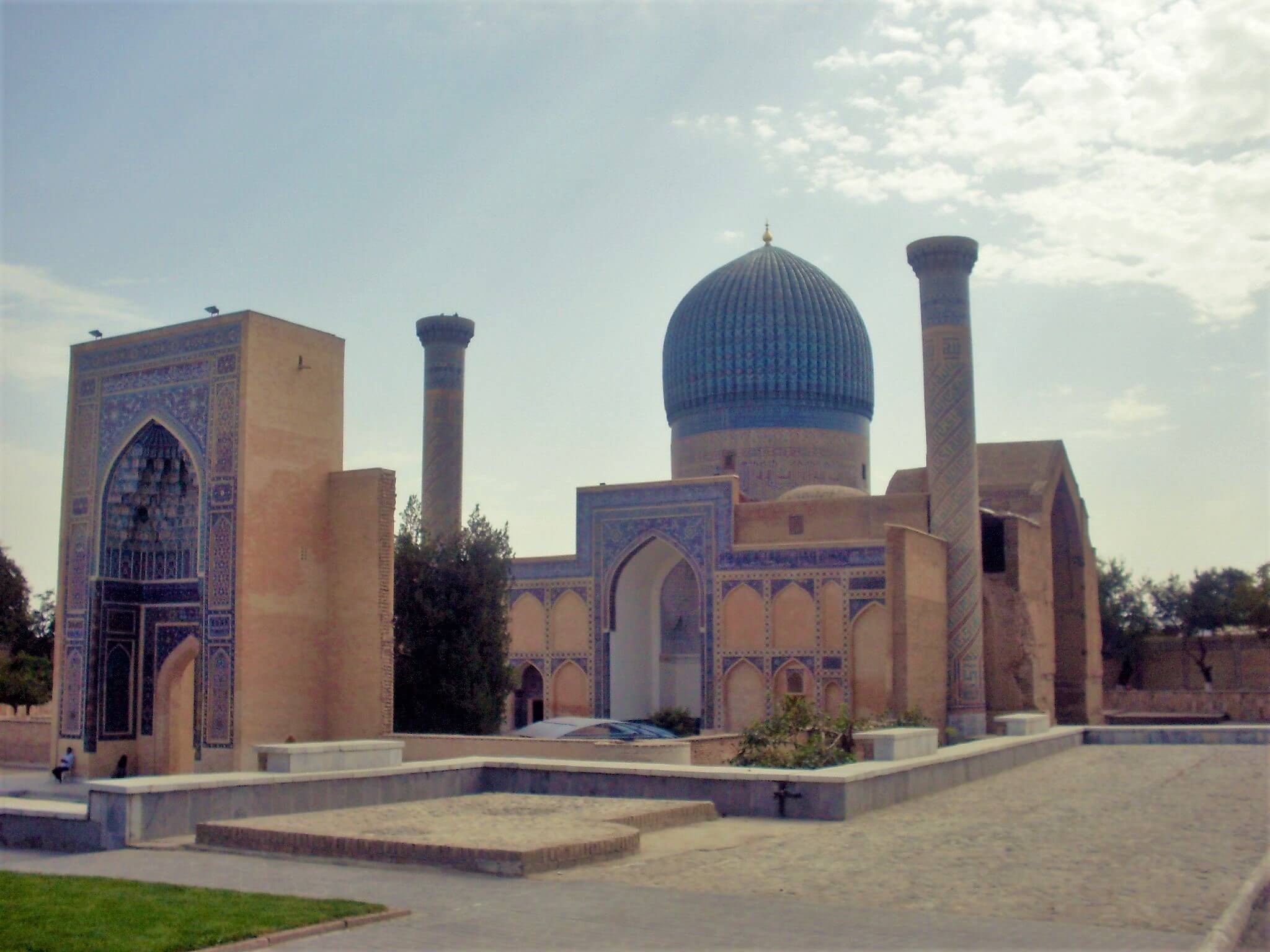
Gur-e-Amir
The famous mausoleum where Amir Timur and the Timurid dynasty are buried is called Gur-e-Amir (also spelled as Guri Amir).
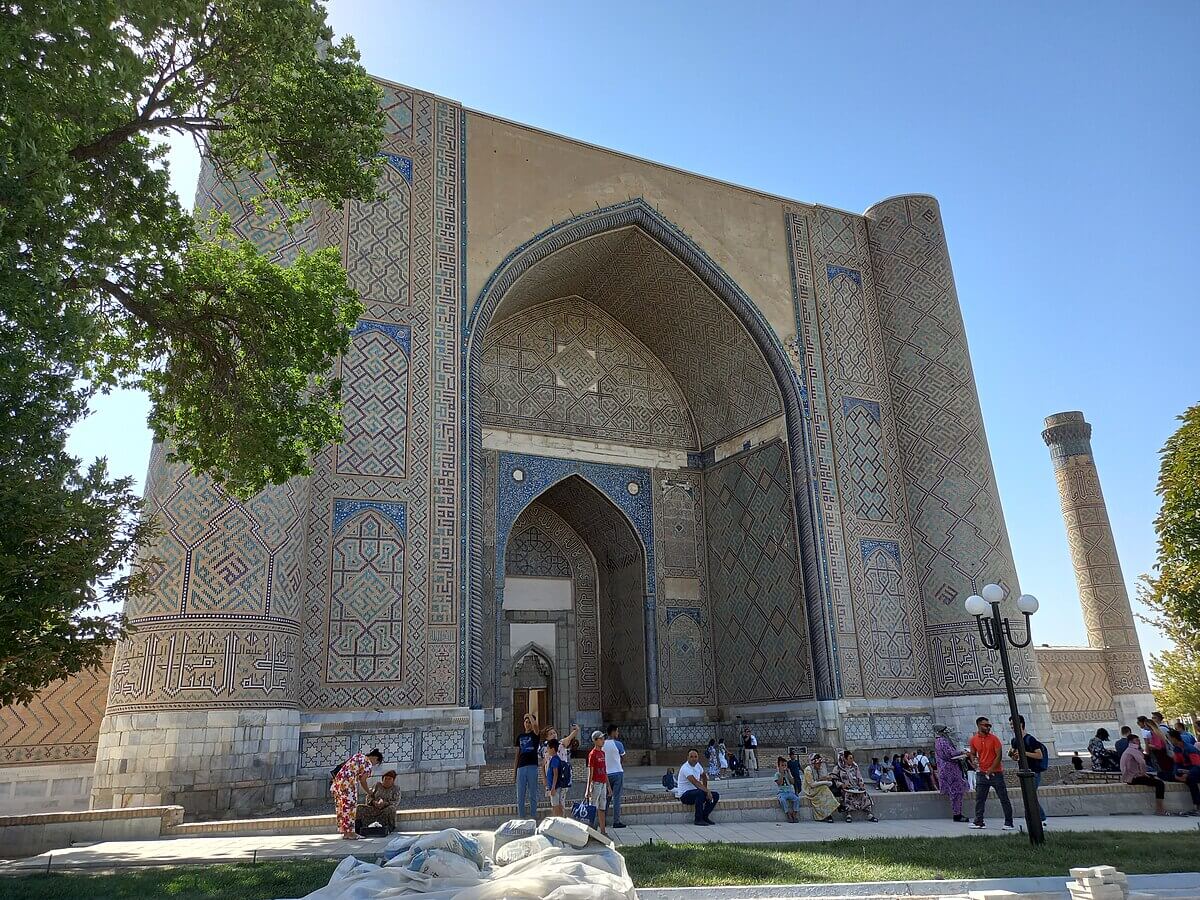
The Bibi-Khanym Mosque
A grand mosque built in honor of Amir Timur’s beloved wife.
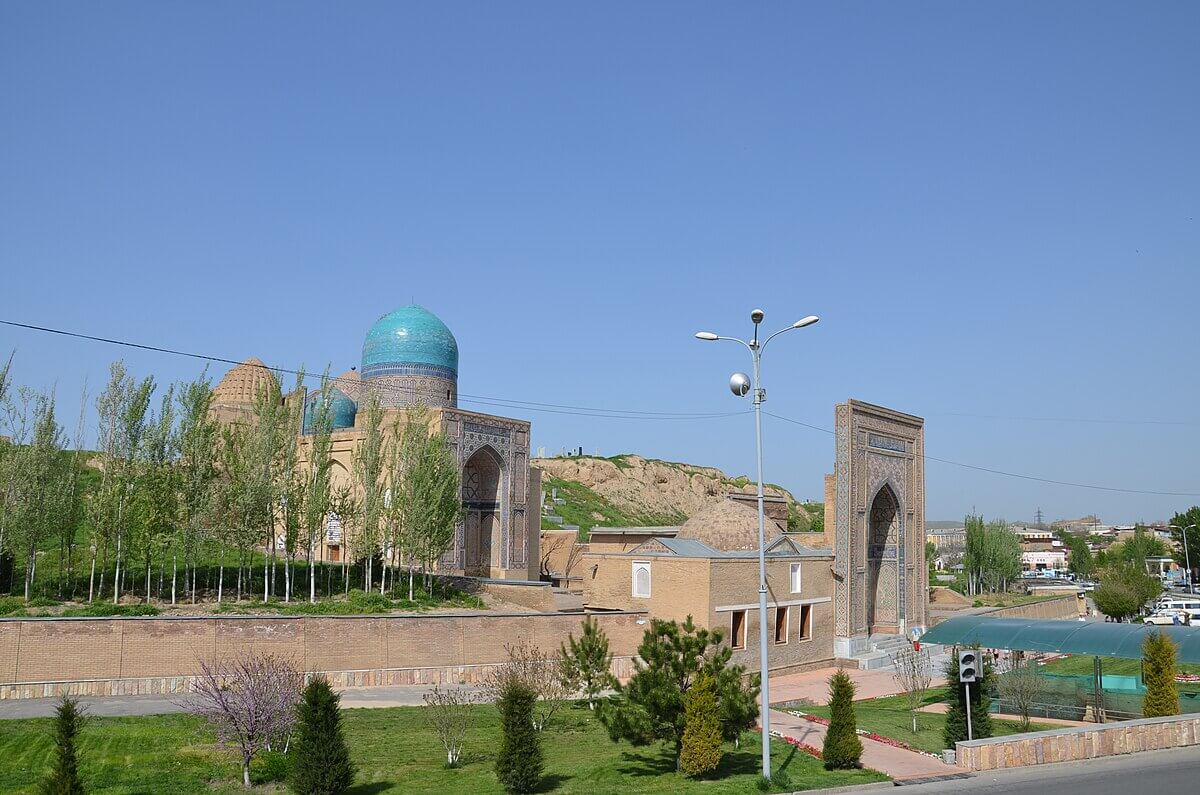
The Shah-i-Zinda Complex
A complex of mausoleums built between the 11th-15th centuries.
Samarkand cuisine

Plov
The national dish of Uzbekistan, a rice dish made with meat (traditionally lamb), carrots, onions, and spices.

Samsa
A baked pastry filled with minced meat, onions, and sometimes vegetables
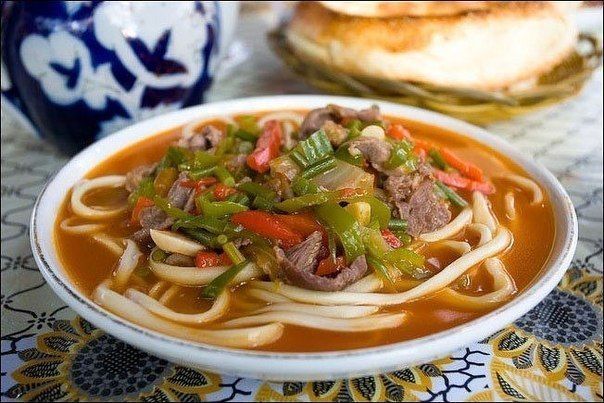
Lagman
Dish made with hand-pulled noodles, served with meat, vegetables, and broth.”
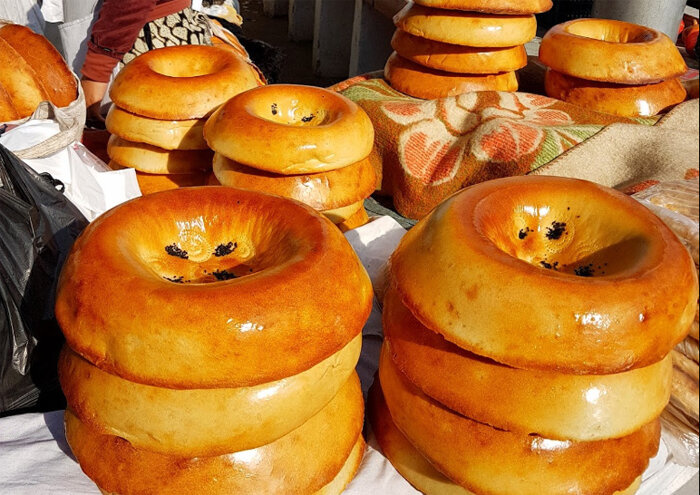
Bread
Traditional bread, typically baked in a tandoor (clay oven) and eaten with meals.

